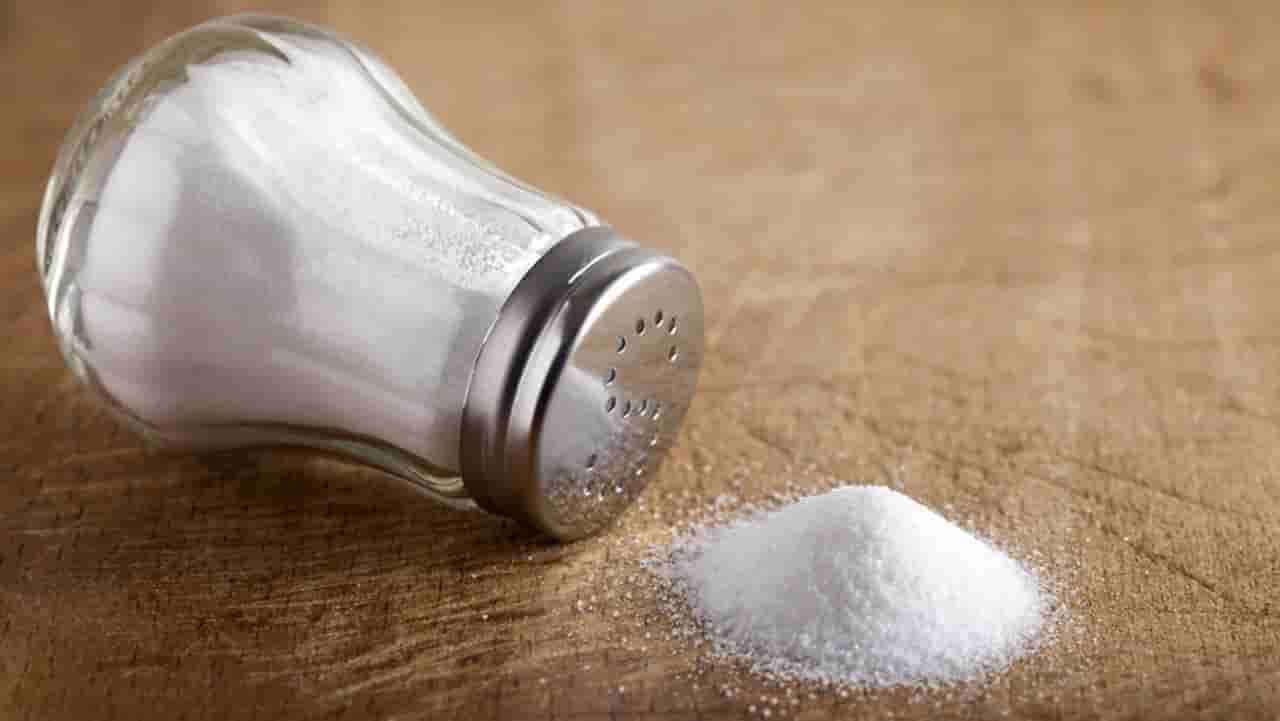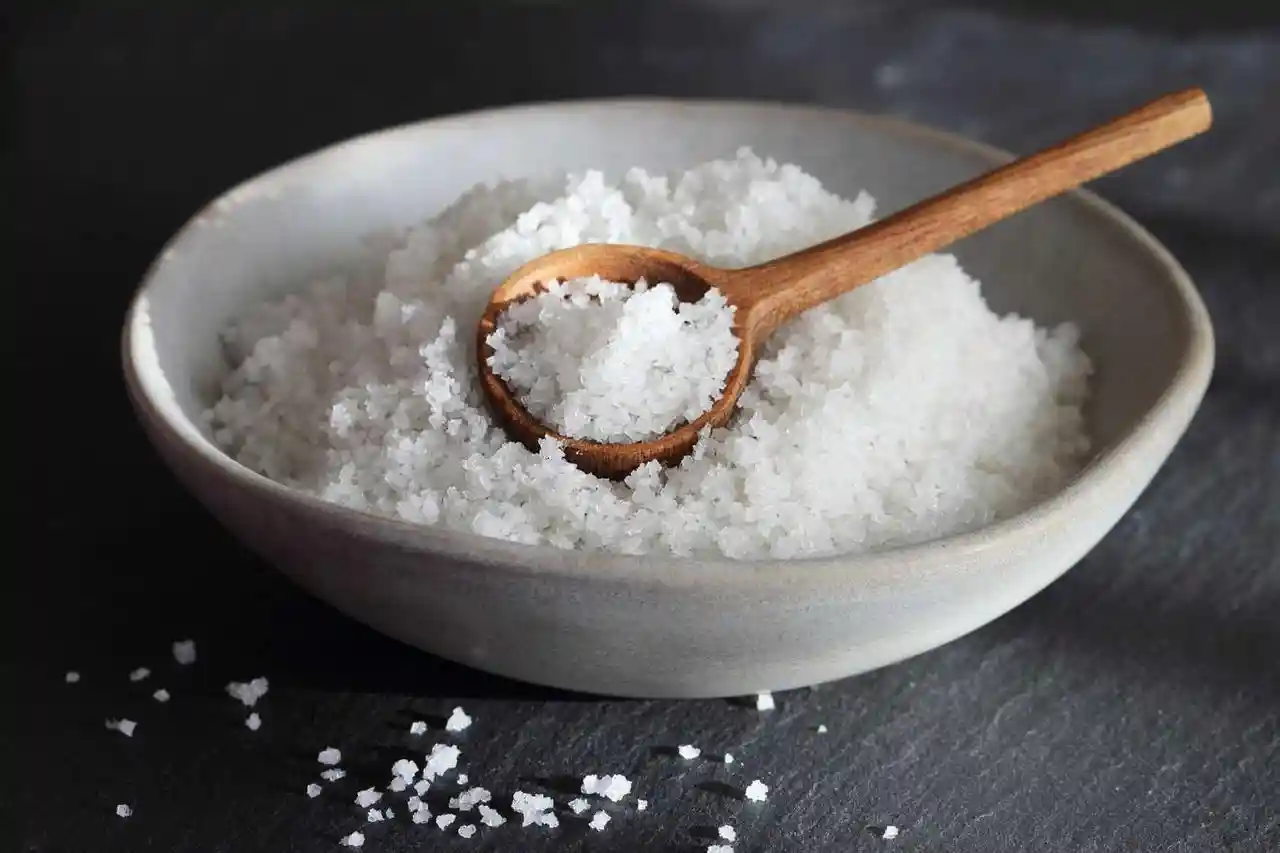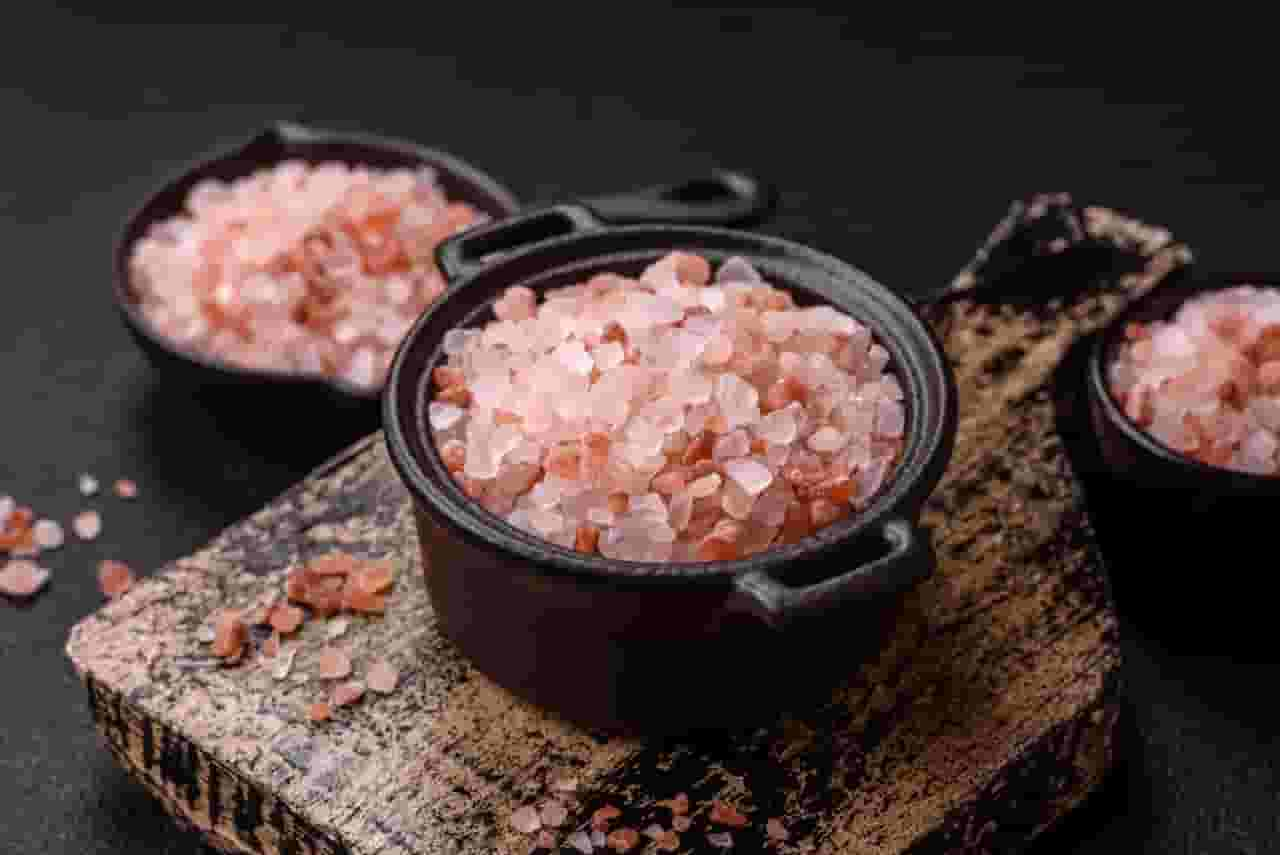(Don’t Be Fooled—The Taste, Color, and Benefits Aren’t All the Same!)
At first glance, salt may seem like the most basic ingredient in your pantry—white, salty, and guaranteed to make almost anything taste better. But the moment you spot a bag of pink Himalayan salt or a jar of flaky sea salt on the supermarket shelf, you start to realize: salt isn’t just salt.
Every type of salt comes with its own unique origin, composition, flavor profile, and even health claims. From fine table salt to rugged sea salt and stylish pink crystals, each one has a purpose—and knowing the difference can actually elevate your cooking.
So if you’ve ever wondered what makes them different, which one is actually “healthier,” or how each should be used, you’re in the right place. Let’s dive in.
1. Table Salt – The Everyday Staple That Gets the Job Done

This is the salt you’ve probably been using since you were a kid—the classic shaker on the dining table and the go-to for nearly every home cook. Table salt is mined from underground salt deposits and then heavily refined to remove impurities, leaving behind mostly pure sodium chloride.
To enhance its functionality, manufacturers often add iodine, which helps prevent thyroid issues, and anti-caking agents to keep it from clumping. While it’s convenient and budget-friendly, the intense processing means that most of its natural minerals are stripped away in the process.
Nutritional content per 1 gram:
• Sodium: ~387 mg
• Iodine (fortified): 45–150 mcg
Best for: Everyday cooking, precise baking, and recipes that require accurate measurement with a clean, neutral flavor.
Although it may seem plain compared to its flashier counterparts, table salt is still a reliable essential—as long as it’s used mindfully and in moderation.
2. Sea Salt – Rustic, Flavorful, and Full of Character

Unlike its refined cousin, sea salt is harvested directly from evaporated seawater, using the natural power of sun and wind. Because it’s far less processed, it retains trace amounts of minerals like magnesium, calcium, and potassium, which not only add nutritional value but also contribute to a more complex, subtly earthy taste. You can usually spot sea salt by its chunkier texture and flaky appearance, which also make it a popular finishing salt among chefs and food stylists alike.
Key difference?
Table salt is mined and refined with added iodine. Sea salt is harvested naturally and keeps its minerals intact.
Nutritional content per 1 gram (average):
- Sodium: ~380 mg
- Magnesium: 1–5 mg
- Calcium: 1–10 mg
- Potassium: ~1–2 mg
Best for: Finishing grilled meats, adding texture to salads or roasted veggies, and giving snacks that perfect savory crunch.
Not only does sea salt bring more flavor to the table, but its texture and mineral content also give your dishes that artisanal, elevated edge.
3. Himalayan Pink Salt – Gorgeous, Ancient, and Naturally Rich in Minerals

Arguably the most photogenic salt on the market, Himalayan pink salt is more than just a pretty ingredient. Sourced from ancient sea beds deep in the Khewra Salt Mine in Pakistan, this salt has been untouched by modern pollution for millions of years, making it one of the purest salts available today.
Unlike table salt, Himalayan salt is minimally processed and free from added chemicals or synthetic iodine. It’s naturally rich in over 80 trace minerals, including iron (which gives it its distinctive pink hue), magnesium, calcium, and potassium.
Why is Himalayan Salt Considered “Healthier”?
It’s often considered a better choice because it’s unrefined and closer to its natural form, free from additives like anti-caking agents or synthetic iodine, naturally rich in minerals that may support overall wellness, and geologically preserved from modern contaminants thanks to its ancient origin deep within prehistoric sea beds.
Nutritional content per 1 gram:
- Sodium: ~368 mg
- Magnesium: ~1 mg
- Calcium: ~1.6 mg
- Potassium: ~2.8 mg
- Iron: ~0.036 mg
Best for: Health-conscious meals, natural lifestyle cooking, clean-eating menus, spa treatments, or even decorative salt lamps.
While the mineral content isn’t enough to meet your daily nutritional needs on its own, Himalayan salt is a popular option for those who want something more natural, beautiful, and slightly more nuanced in flavor.
4. Kosher Salt – The Pro Chef’s Best Friend

If you’ve ever watched a chef casually toss salt from above like they’ve done it a thousand times, odds are they’re using kosher salt. Known for its larger, flakier crystals and ease of handling, kosher salt is a favorite in professional kitchens where precision and texture matter.
Despite its name, kosher salt isn’t necessarily more religious—it simply refers to the process of koshering meat in Jewish culinary tradition. Today, though, it’s prized for its clean flavor, easy-to-pinch texture, and reliable performance in seasoning proteins.
Nutritional content per 1 gram:
- Sodium: ~280–390 mg (varies by brand and crystal size)
Best for: Seasoning meats, dry brining, marinades, and recipes where flavor control is everything.
It contains no added iodine, which makes its flavor slightly purer than table salt—plus, its crystal size makes it easier to gauge how much you’re actually using.
A Pinch of Knowledge That Packs Flavor
Who would’ve thought something as simple as salt could come in so many forms, with so many unique benefits? From its origin and texture to its mineral profile and culinary role, each type of salt adds something different—not just to your food, but to the entire cooking experience.
Whether it’s the precise reliability of table salt, the rustic charm of sea salt, the mineral-rich beauty of Himalayan pink salt, or the chef-approved versatility of kosher salt—each one deserves a spot in your culinary toolbox.
Turn Curiosity Into Culinary Mastery – Join PIB College
If you love digging into small details like this and dream of turning everyday ingredients into extraordinary dishes, you might just be ready to take the next step toward becoming a culinary professional.
Explore the Culinary Arts Program at PIB College, Bali’s premier tourism and culinary institute. Here, you’ll do more than just learn how to cook—you’ll gain a deep understanding of food, from the science of ingredients to the artistry of presentation. Whether you’re seasoning a steak or developing your own signature dish, you’ll know why every element matters.
Ready to transform your passion into a profession? Apply now and start your journey toward becoming a culinary expert—with a dash of curiosity and a whole lot of flavor.
Would you like this version adapted for LinkedIn, email campaigns, or a short teaser for Instagram as well?
Author: Stephanie Gunawan
